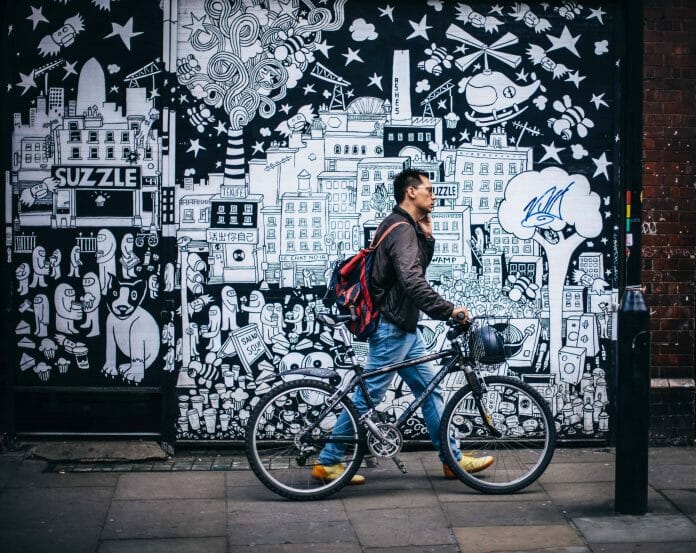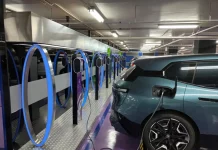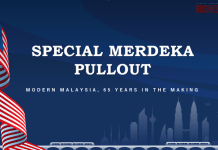By Poovenraj Kanagaraj
Cities have and will always be an integral part in bringing societies across the world together, and to do so successfully, most cities have adapted to the changing circumstances brought along by changing times. The Covid-19 pandemic, the latest in a series of challenges the world is facing, is also impacting cities in a way that has required many to question and rethink the way they are being build.
Cities such as London, New York, Paris and Berlin are rethinking the usage of urban space to prioritise people walking and cycling and at the same time, maintain social distancing. As part of their efforts in combating the pandemic, London has announced temporary cycle lanes for major routes around the city while car lanes will be commandeered to create wider pavements.
“The role of a city will continue to remain important in how the human society progresses. Cities have been there for the exchange of ideas, contributing to the significant and rapid progress in human development,” says Hamdan Majeed, managing director of ThinkCity, further adding that with more and more people converging into cities, the movement has already raised eyebrows in regards to the quality of life in cities.
As cities continue to face challenges in the form of pollution and sustainability, Malaysia’s capital city, Kuala Lumpur is no exception to those challenges. “There’s a need to relook at our own plans and to what extent those plans create externalities that are not being addressed,” Hamdan tells Business Today Malaysia.
As for KL, Hamdan believes that the government will have to look into the level of externalities that is being created by the current plan in place in order to better address issues such as congestion and pollution. “Air quality has had a huge cost on human life and traffic congestions will affect productivity. We should use this time downtime in order to re-organise and reset plans,” Hamdan tells Business Today.
One of the direct result of the pandemic was the implementation of the Movement Control Order (MCO) on March 18, and one of the more noticeable changes was the dramatic reduction in nitrogen dioxide levels. Air pollution has been a prevailing issue in the city for years. KL for one has faced a series of challenges in terms of air pollution.
The pandemic, as Hamdan had put it, has exacerbated the problems that was already lingering in the city and now its up to the government and the city to figure out a way on how to create a better environment in which the pandemic is going to remain. “Some of the common occurrences in the last two decade that involved deadly diseases such as SARS and the Swine Flu has only made cities more resilient.
“Cities like Barcelona is accelerating the changes they were planning to implement in the future so they can be more competitive in the future,” Hamdan says, further adding that that more lovable and likable cities in the future will be able to thrive. Cities that are not adapting will see a shift in activities, leading to the population within moving out to other parts of the country.
In order to prevent a dramatic shift, Hamdan says the government will have to respond in an aggressive manner to push for more in-built resilience within cities across the nation. Changes will not only require factoring in social distancing but ultimately taking into account on how issues now and in the future can be dealt in a more progressive manner. One such solution according to ThinkCity would be to use technology.
Dominique Bonte, Vice-President of ABI Research highlighted that city governments are leveraging on the inherent flexibility of technologies to address emergency situations and challenges. As cities continue to adopt the Smart City concept , the arrival of Covid-19 has only highlighted the importance of drones as a form of communication and enforcement of social distancing rules as well as delivery of medical supplies.
Prior to the pandemic, cities were already observing the benefits of a digital-only lifestyle as more sectors in the country begin to adopt e-health and e-commerce, and with the current environment, remote working and teleconsultation are among the new changes that have been forced to be adapted with.
“The government’s new public health measures in place will also be tested across time, we will get to see if these measures will be there for three years or for three months,” says Hamdan. He further added that as a new norm emerges, society as a whole will continue to adapt as they have done for decades and by virtue, this will build in resilience in cities over time.
He further encourages for future plans to look into a more distributed polycentric approach in order to connect essential hubs across cities in the country. Public transport that is often dubbed as the best medium to bring about movement in the city is now one of the more feared mediums for the spread of the disease among locals.
Addressing this, Hamdan says there is a need for better guidelines for public transports in terms of addressing the public health concerns while keeping in mind that risk will be always be present. “The question in mind would be how are cities going to function with public transports as more and more people move into the city space.”
“There is going to be a need for physical distancing more so compared to social distancing,” Hamdan says. The next pandemic he says, could spread in other forms of medium of transmission.
“You need to build in resilience supposed to introducing policy measures that are no longer relevant. We need to start planning and building cities in resilience to pandemics.”
In terms of urban planning discussions between the sectors, Hamdan says the country is still in a shock from the impact of the pandemic. As countries start to see the economic slow down that is enveloping economies, he says before governments can start looking at any form of recovery measures, they will have to first survive the looming health and economic crisis in order to spur the subsequent growth and progress.









